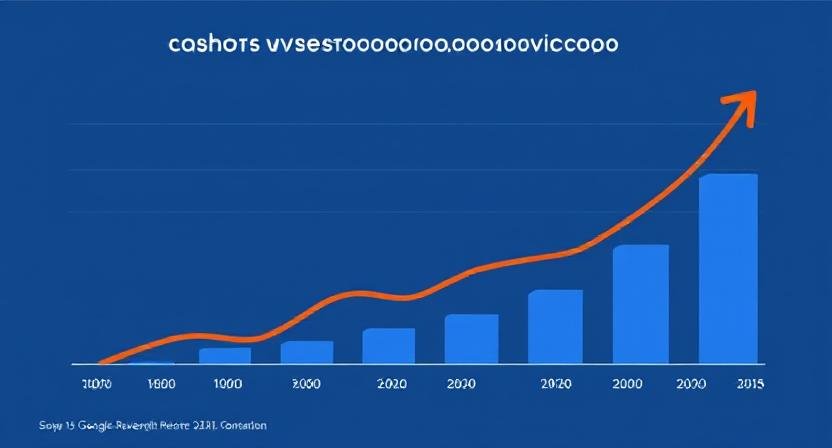Maximizing Google AdSense revenue goes beyond just placing ads on your website — it requires ongoing optimization and data-driven decision-making. Google AdSense Experiments is a powerful, built-in feature that enables publishers to test different ad settings to understand what works best for their audience and site layout. By running A/B experiments, you can scientifically determine which ad placements, formats, and styles yield higher click-through rates (CTR) and earnings per thousand impressions (RPM).
This guide walks you through the process of setting up and running Google AdSense Experiments effectively in 2025, along with practical tips to interpret results and boost your monetization performance.
What Are Google AdSense Experiments?
Google AdSense Experiments allow you to create test versions of your ad units or page-level ads and compare their performance against your current setup. The system splits your traffic between the original and experiment variants evenly and tracks metrics like CTR, CPC, and RPM to identify winners.
This method removes guesswork, enabling you to optimize ads based on real user behavior and performance data rather than assumptions.
Benefits of Using AdSense Experiments
-
Data-Driven Optimization: Understand how different ad placements or formats affect revenue.
-
Risk Mitigation: Test changes on a portion of traffic without disrupting the entire site.
-
Improved Monetization: Identify configurations that significantly increase earnings.
-
User Experience: Ensure that monetization changes don’t negatively impact site usability.
How to Set Up Google AdSense Experiments
Step 1: Access AdSense Experiments
-
Log in to your Google AdSense account.
-
Navigate to the “Experiments” tab on the left sidebar.
Step 2: Choose an Experiment Type
Google offers two main types of experiments:
-
Ad Unit Experiments: Test different ad styles, sizes, and colors on a specific ad unit.
-
Ad Set Experiments: Test different ad setups on individual pages or across your site.
Step 3: Create a New Experiment
-
Name your experiment clearly for easy identification.
-
Select the ad unit or ad set you want to test.
Step 4: Define Experiment Variations
-
Configure one or more alternative ad setups differing from your current configuration.
-
These can include changes like ad size (e.g., 300×250 vs 336×280), colors, ad types (text vs display), or placement positions.
Step 5: Set Traffic Split
-
Decide what percentage of your traffic will see the experiment variants (typically 50% original and 50% variant).
-
Start the experiment.
Step 6: Monitor Results
-
Track experiment performance using CTR, RPM, and other metrics reported by AdSense.
-
Let the experiment run for sufficient time to gather statistically significant data.
Step 7: Apply Winning Variants
-
If the experiment variant outperforms the original, implement the winning setting permanently.
-
Repeat the process with new elements to continue optimizing.
Tips for Running Successful Experiments
-
Test One Variable at a Time: Ensure clarity on what impacts results.
-
Run Experiments Long Enough: Avoid premature conclusions; duration depends on your traffic volume.
-
Use Relevant Metrics: Focus on RPM and CTR to evaluate monetization and user interaction.
-
Avoid Multiple Overlapping Tests: Stagger experiments to avoid data contamination.
-
Complement with Google Analytics: Evaluate impact on bounce rate and session duration.
Common Experiment Ideas
-
Comparing responsive ads vs fixed-size ads.
-
Ad color and font variations to increase visibility.
-
Testing ad placements above the fold vs within content.
-
Trying different numbers of ads per page for optimal balance.
Understanding and Acting on Experiment Data
-
Analyze performance graphs and tables carefully.
-
Consider user experience impacts along with revenue gains.
-
Be prepared to revert changes if tests negatively affect UX or SEO.
Official Google AdSense Experiment Help
For detailed instructions and latest updates, refer to the Google AdSense Help page: Google AdSense Experiments.
Read More: Using Affiliate Marketing to Supplement Google AdSense Revenue in 2025
Conclusion
Google AdSense Experiments empower you to optimize your ad strategy precisely by testing various configurations and evaluating their impact on revenue and user engagement. Utilizing this feature strategically in 2025 offers site owners a competitive edge to maximize earnings without compromising visitor experience.
By establishing a culture of continuous improvement driven by data insights, you ensure your site adapts to changing user behaviors and advertiser trends for long-term AdSense success.










